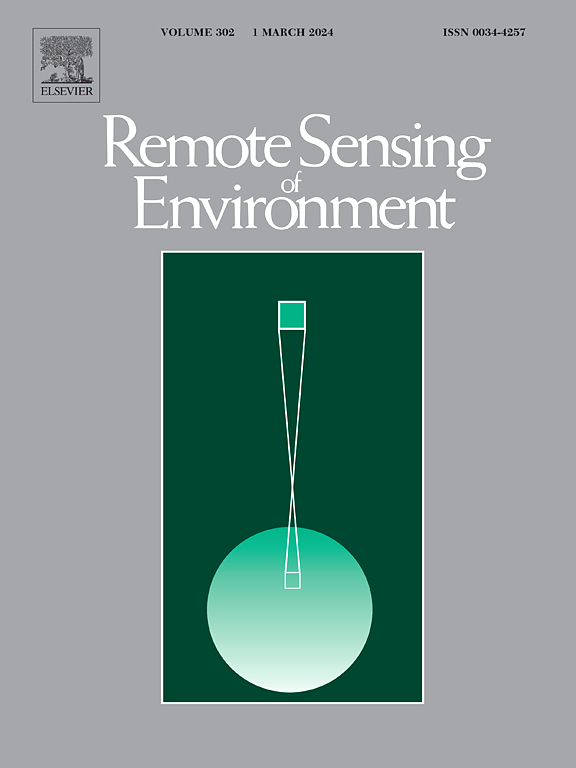Risk identification of mangroves facing Spartina alterniflora invasion using data-driven approaches with UAV and machine learning models
IF 11.1
1区 地球科学
Q1 ENVIRONMENTAL SCIENCES
引用次数: 0
Abstract
The rapid and large-scale invasion of Spartina alterniflora has led to extensive biodiversity loss and the degradation of essential ecosystem services, particularly in mangroves. Recent studies have shown that the landscape pattern of mangroves is a key indicator of whether Spartina alterniflora can successfully invade. Therefore, assessing the risk of S. alterniflora invasion from the perspective of mangrove landscape patterns is crucial. This study utilizes drone imagery to extract the spatial distribution of mangroves and S. alterniflora in the Jiulong Estuary. Using an interpretable machine learning model, the relationship between mangrove landscape patterns and S. alterniflora coverage was studied at three plot sizes (10 m, 20 m, 30 m). The results show that: (1) The interpretable machine learning model constructed based on UAV (Unmanned Aerial Vehicle) big data can assess S. alterniflora coverage through mangrove landscape patterns. The validation set achieved good results with Adjusted R2 (>0.974), MAE (Mean Absolute Error) (<4.8), and RMSE (Root Mean Square Error) (<7) across the three plot sizes, though the SMAPE (Symmetric Mean Absolute Percentage Error) indicator was relatively poor (>20 %). (2) At all three plot sizes, mangrove coverage, mangrove tree height, average patch perimeter, patch density, landscape shape index, and edge density significantly impacted the suppression of S. alterniflora coverage by mangroves. However, the relative importance of these indicators changes with increasing spatial granularity. (3) The SHAP (SHapley Additive exPlanations) Value of the model revealed the nonlinear response of S. alterniflora coverage to changes in mangrove coverage: mangrove coverage inhibits S. alterniflora growth between 41 %–64 %, and completely suppresses it above 65 %. This study effectively assesses the extent of mangrove invasion by S. alterniflora and provides clear spatial evidence of the threshold for mangrove coverage to suppress S. alterniflora growth. It emphasizes that rationally regulating mangrove distribution through landscape indices will more effectively resist the invasion of S. alterniflora.
求助全文
约1分钟内获得全文
求助全文
来源期刊

Remote Sensing of Environment
环境科学-成像科学与照相技术
CiteScore
25.10
自引率
8.90%
发文量
455
审稿时长
53 days
期刊介绍:
Remote Sensing of Environment (RSE) serves the Earth observation community by disseminating results on the theory, science, applications, and technology that contribute to advancing the field of remote sensing. With a thoroughly interdisciplinary approach, RSE encompasses terrestrial, oceanic, and atmospheric sensing.
The journal emphasizes biophysical and quantitative approaches to remote sensing at local to global scales, covering a diverse range of applications and techniques.
RSE serves as a vital platform for the exchange of knowledge and advancements in the dynamic field of remote sensing.
 求助内容:
求助内容: 应助结果提醒方式:
应助结果提醒方式:


